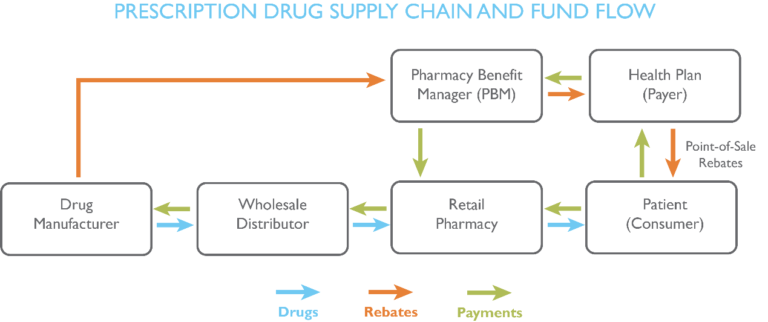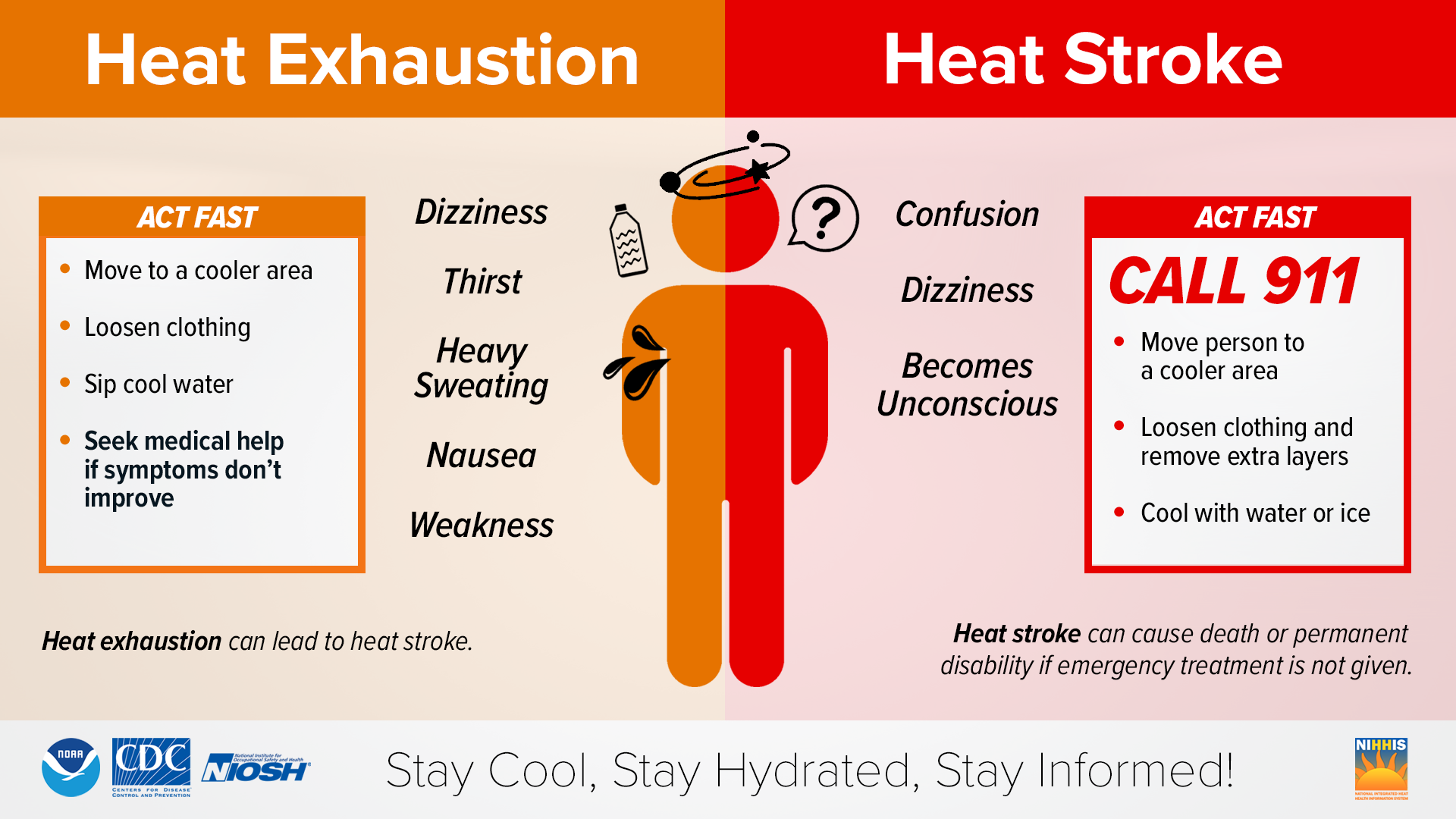Some say your senior years are the best years: your children are grown, grandchildren are in the picture, and you get to spend countless hours with your close friends doing the things you love. But you may be wondering, how can you stay healthy as you age so you can enjoy all these wonderful things?
What Can I Do?
Your health should always be a priority, no matter your age. However, older adults need to pay closer attention to their health to help them live a happy, healthy, independent life. Follow these healthy aging tips to help get you on the right track!
Get Vaccinated
Staying up to date on your vaccinations can help protect yourself and those around you from life-threatening disease and illness. Since older adults are more likely to get certain diseases, your pharmacist or doctor may recommend receiving specific vaccinations as you get older. Below are a few vaccines they might suggest: ¹
- COVID-19
- Flu (high-dose or adjuvanted)
- RSV
- Pneumococcal
- Shingles
The vaccines you should receive depend on your age. Starting at age 50, it is suggested you receive a shingles vaccine to avoid painful rashes caused by the shingles virus. At age 60, getting your RSV vaccine can help protect you and your loved ones, especially babies and young children, from respiratory illness. Once you reach age 65, vaccinating against pneumococcal disease can help prevent pneumonia, meningitis, and blood infections. ² It is also encouraged to get your flu shot every year, and your Td vaccine every 10 years once you’ve received your Tdap vaccine.
When you get vaccinated, you are protecting more than just yourself – you also help protect those around you! Those that have weakened immune systems or long-term health issues are often not able to receive the same vaccines as the rest of us. Doing your part and getting vaccinated can help protect them too.
Prioritize Physical Health
Staying active as you age is a great way to keep your body in good working order. Physical activity helps to increase mobility, prevent falls, and reduce the risk of certain diseases. Not only that, but it can give your brain a boost!
- Endurance exercises like biking, dancing, and swimming help boost circulation and strengthen your heart and lungs. ³
- Strength exercises like weightlifting or resistance band exercises work to keep your muscles strong. ³
- Balance exercises like simply standing on one foot can help improve your coordination and build strength to help reduce the risk of falling. ³
- Flexibility & stretching exercises like barre and yoga help keep you limber. ³
Other ways to keep your physical health in check are to drink less alcohol, prioritize sleep, quit the use of tobacco, and get regular health care checkups. ³
Focus on Mental Health
Mental health tends to deteriorate as we get older. Engaging your mind in challenging activities helps to keep your mind active and healthy and may even slow cognitive decline as you age.
- Learn something new such as a new skill, game, or language. ³
- Get out and about to visit somewhere new or somewhere you love.
- Spend time on your hobbies like reading a book, knitting, cooking, or playing an instrument. ³
Another way to care for your mental health is to keep stress in check. Chronic stress can lead to brain and body damage, which may in turn make you more stressed. Find activities that help to decrease stress levels. Speaking up if you are overwhelmed or feeling down can help save a life. Reach out to friends, family, or an anonymous help line if you are struggling with your mental health. You are never alone!
Fuel Your Body
Eating foods that are rich in nutrients, vitamins, and minerals help to keep your brain and body healthy. Nuts, vegetables, and fish are great foods to promote heart health and brain function. ³
Other things to focus on while developing a healthy diet include: ³
- Prioritizing nutrient-rich foods
- Limiting foods with unhealthy additives
- Saying “yes” to fruits and vegetables
- Watching your portion sizes
Sometimes, diet alone isn’t enough to fuel your body with what it needs. As we age, our bodies go through changes that can alter our nutritional needs, and many medications may increase the risk of nutritional deficiencies. ⁴ Some people may benefit from taking supplements to fill in those gaps. Talk to your pharmacist to see if any of these supplements are right for you. ⁴
- Calcium: may be linked to healthy bone density and lessened bone loss
- Omega-3 fatty acids: heart-healthy fats that may help fight inflammation
- Collagen: may improve skin hydration and elasticity
- Coenzyme Q10: aids in energy production
- Vitamin D: may help with muscle mass, enhance immune function, and boost mood
- B vitamins: aids in energy production, immune health, and brain function
- Protein: may boost muscle mass and muscle function
- Ginkgo biloba: may improve cognitive function
- Saw palmetto: may support prostate health
- Curcumin: helps boost healthy inflammation levels
Just because you are aging, does not mean you can put your health on the backburner. As you age, it is important to keep yourself healthy, inside and out! Getting vaccinated helps protect you and those around you, focusing on your physical and mental health helps keep you active, and fueling your body through diet and supplements may help boost your overall health. If you have any questions about vaccines, diet changes, supplement recommendations, or mental health, talk to our pharmacist!
Sources:
- https://www.nia.nih.gov/health/immunizations-and-vaccines/vaccinations-and-older-adults
- https://health.gov/myhealthfinder/doctor-visits/vaccines-shots/get-vaccines-protect-your-health-adults-age-50-years-or-older
- https://magazine.medlineplus.gov/article/live-long-be-well-science-based-tips-for-healthy-aging
- https://www.healthline.com/nutrition/a-definitive-guide-to-supplements-for-healthy-aging


